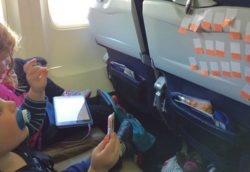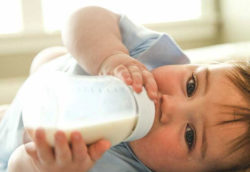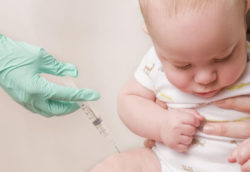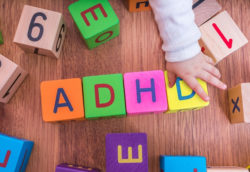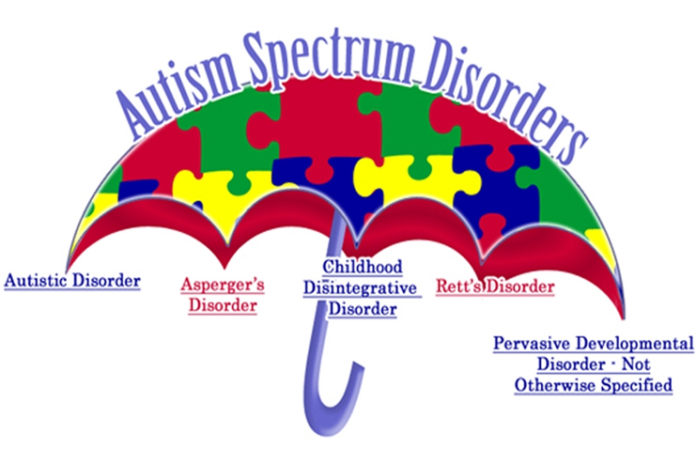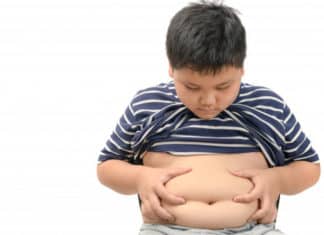Autism spectrum disorder is a common name for a group of developmental disorders. It includes a wide range of symptoms and levels of disability. The child is challenged socially, behaviorally and in terms of communication. The condition may be severe to mild or in between. The child suffering from Autism must have any of these symptoms like restricted or repetitive behaviors, interests, and activities. Also deficient in social communication and interaction.
What is Autism Spectrum Disorder:

ASD is a neurological and developmental disorder that begins early in childhood and lasts throughout the person’s life. This molds the child’s behaviors and interaction with others and also how he learns. Since a person with this disorder can have a range of disorders so its called spectrum disorder. Kids with ASD may be aloof or disinterested or not look into the eye when talking. They may spend a lot of time arranging and organizing and repeat things a lot. Always busy in their own world.
Until recently ASD was commonly known as either of these; pervasive developmental disorder, Asperger’s syndrome, autistic disorder but now it’s combined together as a range of disorders known as ASD.
Symptom of Autism Spectrum Disorder or ASD:

Symptoms and signs vary as some kids are mildly affected while others are severely affected. Parents and pediatricians may see early signs in toddlers. Kids with ASD have difficulty in communication and interacting with others. They generally don’t look at others and even not respond to their names even by age one. They don’t clap or imitate others. But repeat a certain behavior again and again, which can be unusual. They keep focusing on some parts of toys rather than playing with it.
Many kids with ASD have sensory issues. These include:
- Especially sensitive to sound that’s why they block out all noise by covering their ears.
- Like to smell and sniff everything around them
- They like feeling and touching objects
- Only like foods with a certain texture
- Use peripheral vision by tilting head to look at objects
- Some have below average intelligence
- While some have high functioning autism
Signs of autism spectrum disorder (ASD):

Some of the areas which are poorly or overly developed in ASD kids must be observed and diagnosed at the earliest. As earlier is the ASD detected better it is to get treated. Some signs of ASD are:
1. Social interactions:
- Too busy in their imaginary worlds
- Do not make eye contact much
- No use of gestures like lifting arms to get picked
- Indifferent to joys of things around
- Not emotional or empathetic to things around
- Not responding to own name
- Show the least interest in other children or peers
- Not engaging in pretend play
2. Communication:
- Too little spoken language
- Very low babble
- Echo or mimic words without meaning
- Difficulty in understanding and following even simple one-step commands
3. Repetitive or persistent behaviors:
- Intense interest in one particular activity or toy
- Focus only on some part of a toy rather than playing or pretending to
- Hate change
- Insist on a strict routine and adhere to it
- Unusual body movements; walking on toes or back arching
4. Sensory issues:
- Extremely sensitive to sensory issues
- Very upset with certain sounds or foods
- Seek constant sensory stimulation. They may like washing machine sounds and vibrations.
Diagnosing ASD:

Pediatricians diagnose ASD by looking and interacting with kids. It is easy to diagnose young kids by age 2. Older kids are difficult to diagnose, but when a teacher raises a concern they can be evaluated for ASD. In adults, it is often confused with ADHD. Diagnosing ASD in children is a two-stage process which includes:
1. General developmental screening during well child checkups:
months, at their well baby visit. Earlier screening is to see if the child is at high risk of ASD. In case his sibling suffers from ASD, shows some ASD behaviors, or was premature or low birth weight. Children who show any developmental problem in the screening stage are referred to as stage 2
2. Additional evaluation:
This is done by a team of health care professionals who specialize in ASD. This team comprises of a developmental pediatrician, a child psychologist, a speech-language pathologist. And the evaluation process consists of cognitive level thinking skills, language abilities, and age-appropriate skills needed to complete daily activities independently like eating, dressing, and toilet needs. It may also be accompanied by blood tests and hearing tests.
Therapies for treating ASD:

While there is no single best treatment for ASD, you just need to work with your health care professional to find the right treatment for you. Some tips and treatment programs include:
- Record all the activities and conversations with the child
- Keep the pediatricians records filed
- Talk to psychologists and school professional for more insights into the child’s behavior to make an intervention plan for ASD
- Find a support group to share experiences and help individuals and caregivers to work together and reduce its effects
Medicines for treating ASD:
There are certain prescription drugs which help in reducing difficulties common with ASD. These drugs must be prescribed by only a certified medical practitioner and

The above compilation on What is autism spectrum disorder- signs and symptoms, is to help all the parents beware of these and prevent their severity by taking necessary steps early on Share ahead and keep writing us, we love your feed backs!





